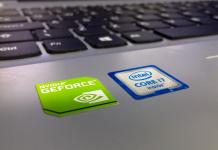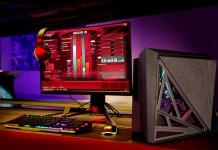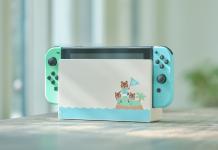nVidia, a company known around the globe for its graphics cards and Tegra systems-on-a-chip, was among the first to break the ice at CES 2013. It didn’t only launch Tegra 4, but also a portable Android console powered by this SoC: Project Shield.
Portable Android consoles seem to be the next big thing this year. Google’s operating system offers a lot of flexibility, and the number of available games, both free and paid, is more than impressive. However, some Android games are so power-hungry that on certain devices they lag so much that they cannot be played. nVidia’s Project Shield will certainly not be among these devices, as it is powered by Tegra 4, the world’s fastest mobile processor that brings together a custom 72-core nVidia GeForce GPU and a quad-core A15 CPU.
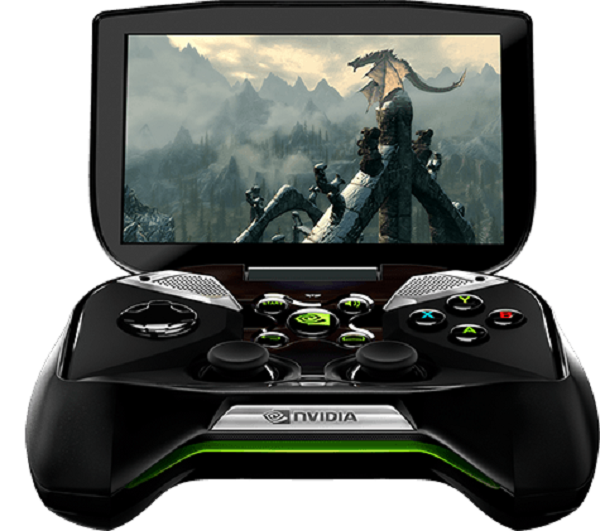
The processor integrated in this console is certainly not the only great thing about it. nVidia went for an untypical design that combines a foldable screen with a full-size console-grade game controller that is meant to offer not only an ultimate control, but also great precision.
Even though smartphone companies go for 1080p 5 inch displays this year for their flagships, nVidia’s retinal multi-touch display will only feature a 720p resolution and a 294ppi pixel density. The device packs HDMI connectivity, though, so playing games on HDTVs won’t be a problem. In addition, Project Shield will come with a microSD port for extending the storage capacity. I am not sure what’s the purpose of the USB port found at the back of the console, though.
As far as the sound goes, nVidia went for custom, bass-reflex, tuned port integrated speakers that are meant to offer an unprecedented experience, as far as fidelity and frequency ranges go on portable devices.
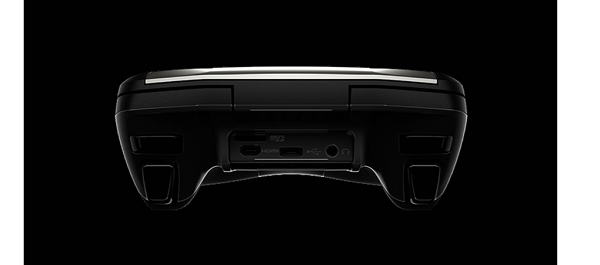
Here comes one of the most interesting aspects of Project Shield: users will be able to stream videos from their PC, provided that these include GeForce GTX 650 (or higher) graphics cards, over the 802.11n 2×2 MIMO game-speed Wi-Fi. This means that people are not only able to play PC games on their nVidia console, but also games from their Steam library.
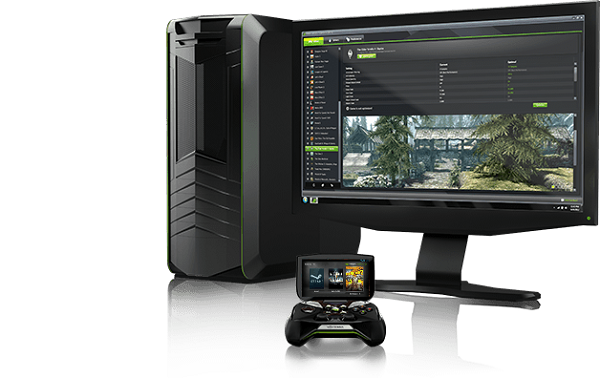
The following video shows a simulation of how the Project Shield Android console was brought together. By the looks of it, the console is nothing less but impressive. A shiny design and a 5 inch screen should keep anyone satisfied while on the road. My only concern is that the console seems rather big and not all controls may be that easy to access.
nVidia did not have to beg for feedback after announcing Project Shield. The most frequently used phrase seems to be “Take my money!”, often accompanied by a picture of Philip J. Fry from Futurama waving a bunch of dollars. This is particularly funny since nVidia hasn’t stated how much its Android console will cost. I guess we’ll all have to wait and see till Q2, when Project Shield will finally become available.
If you liked this post, please check Xiaomi MI3, world’s first gaming smartphone powered by Tegra 4, and the Tegra 2 Toshiba Android tablet that was launched two years ago.



